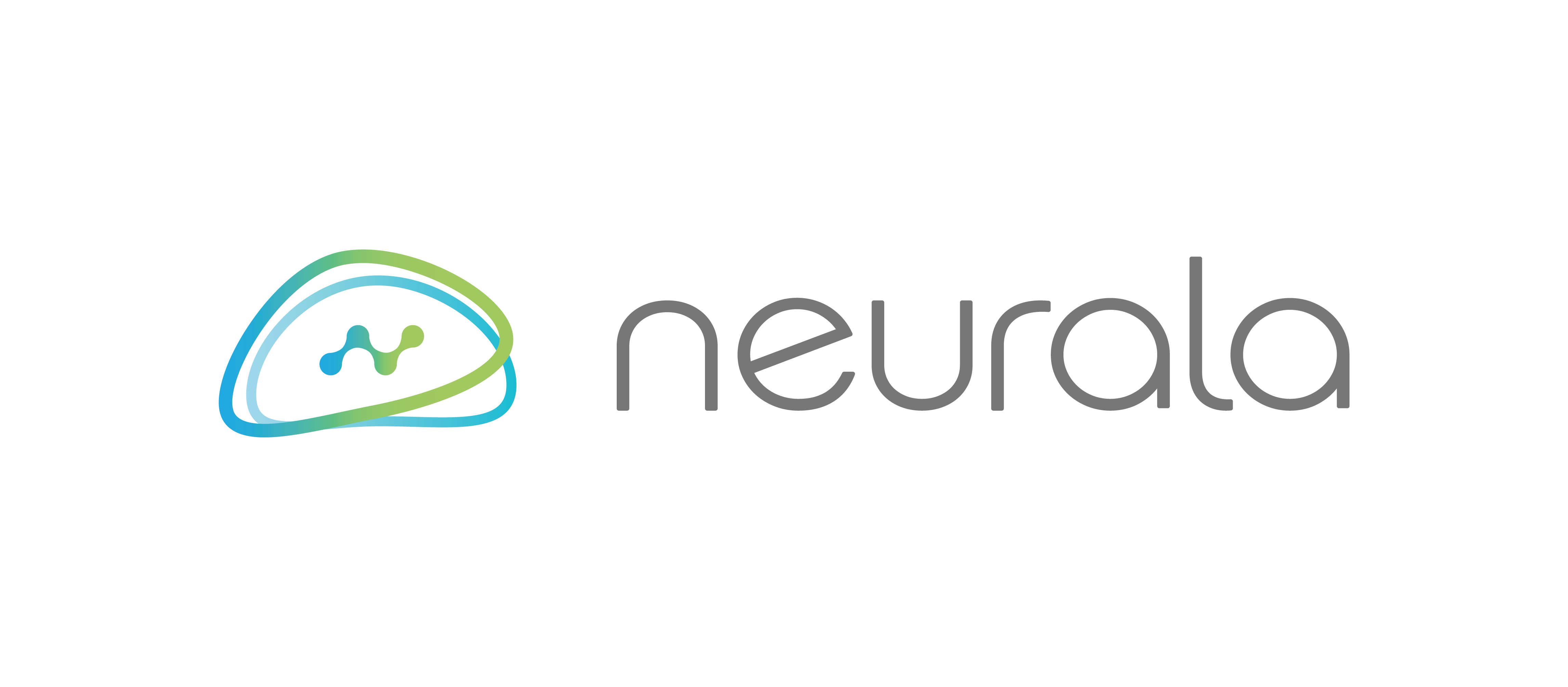Future Days in Manufacturing
From wearing masks to social distancing, the rippling effects of Covid-19 are being felt by everyone and with the change in people’s day to day activities, normalcy is something sought after. In the midst of the these current conditions, one of our partners, IMA, a global leader in the manufacture of machines for automation, is hosting a virtual trade fair. A virtual tradeshow is an innovative solution to access important industry trends and insights traditionally gained at in-person trade shows. The show is broken into two separate sessions, one that aired May 11th – 13th and the other coming this June 11th – 12th.
On the first day, Neurala CEO Massimiliano Versace delivered a virtual keynote focused on the future landscape of manufacturing. Max began his presentation by posing the question: “Where are the robots?” and discussed how many depictions of AI and robotics stem from Hollywood, provoking doom and gloom rather than being grounded in reality. This negative portrayal leads to fearful audiences driving a lag in adoption, preventing some industries from benefiting from the technology.
Max addresses some of the challenge’s manufacturers are facing today. “While many manufacturers’ production levels have plunged due to the pandemic, there are some low-hanging technology fruits, machine vision for quality inspection in particular, that can be put to work immediately” says Versace. Neurala’s anomaly recognition software is being used in factories to reduce product quality issues , increase production line efficiency and improve overall productivity on the factory floor. The pandemic also raised a need for social distancing leaving many manufacturers unable to run and others at a reduced capacity. “The level of automation, AI and robotics implemented in factories are not advanced enough to guarantee operations without heavy human intervention” says Versace. AI, with the ability to substitute human eyes in tasks that would normally require multiple people to perform, can be as simple as a software upgrade on existing machines, lowering the time and cost barrier to adopt in many manufacturing contexts.
This talk outlines the process of adding AI and Deep Learning to Industrial Machines to streamline Visual Quality Inspections.
See the talk here:
